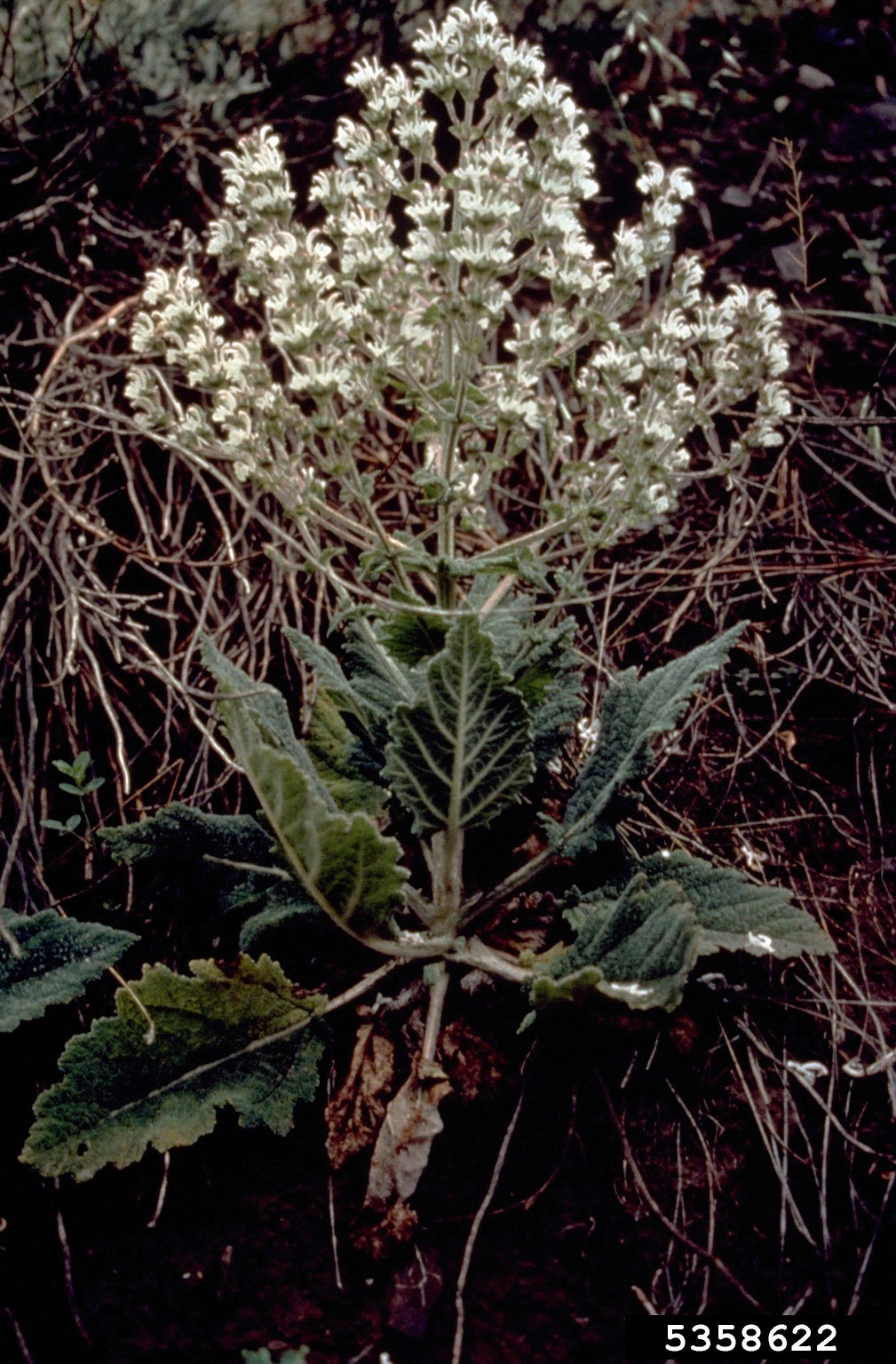Controlling Noxious Weeds
Invasive noxious weeds have been described as a raging biological wildfire – out of control, spreading rapidly, and causing enormous economic losses. Millions of acres in North America have been invaded or are at risk of being invaded by weeds, including cropland, pastures, rangelands, forests, wilderness areas, national parks, recreation sites, wildlife management areas, transportation corridors, waterways, wetlands, parks, golf courses, even yards and gardens. Noxious weeds are currently spreading at a rate of more than 4,600 acres per day on federal lands in the United States.
Devastation caused by noxious weeds is enormous. Economic losses from weeds exceed $20 billion annually in the United States, and the cost continues to grow. Weeds often reduce crop yields, and can damage watersheds, increase soil erosion, negatively impact wildland plant and animal communities, and adversely affect outdoor recreation. Ecological damage from uncontrolled noxious weed infestations can be permanent, leaving lands unable to return naturally to their pre-invasion condition.
Prevention, preserving and protecting lands not presently infested, is the first line of defense against aggressive noxious weeds. Prevention requires awareness and action by land managers as well as the general public, to recognize, report, and control new infestations before they have a chance to expand and spread.
The following weeds are hereby officially designated and published as noxious for the State of Utah, as per the authority vested in the Commissioner of Agriculture and Food under Section 4-17-3
title 4 chapter 17 A county executive of a county may, with the advice and consent of the county legislative body, appoint a county weed control board comprised of not less than three nor more than five appointed members.
Utah Noxious Weed Lists
As of 2023 the state of Utah has a total of 54 designated species on the Utah Noxious Weed List. These are separated into five different categories which have different priorty and eradication goals. While all noxious weeds are a threat in Utah, special emphasis is placed on the various species that have NOT yet made it’s way into Utah. Research has proven that the earlier you can detect and respond to a new infestation, the more likely you are able to eradicate it before it spreads. This saves thousands if not millions of dollars in treatment efforts.














